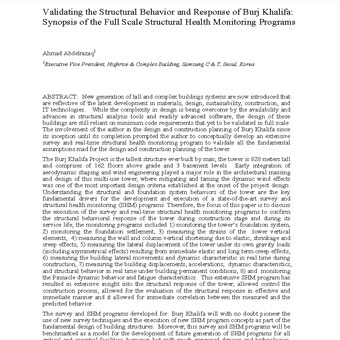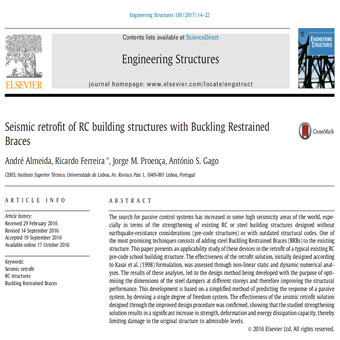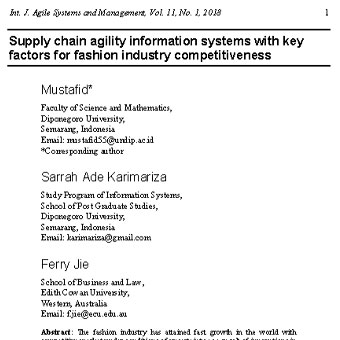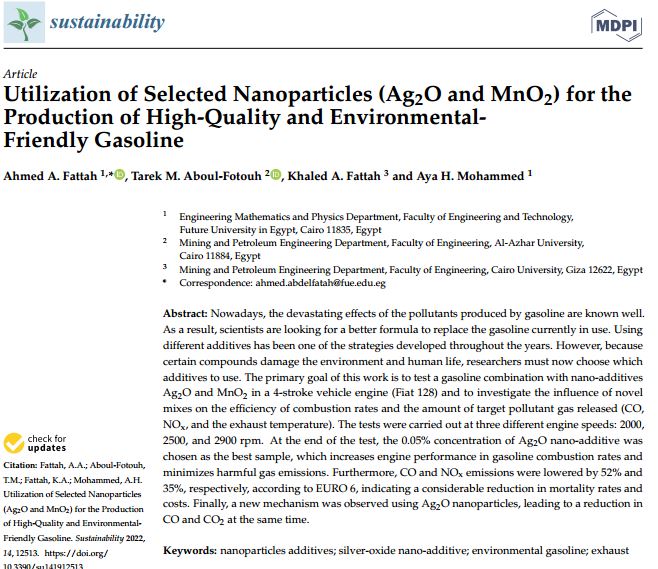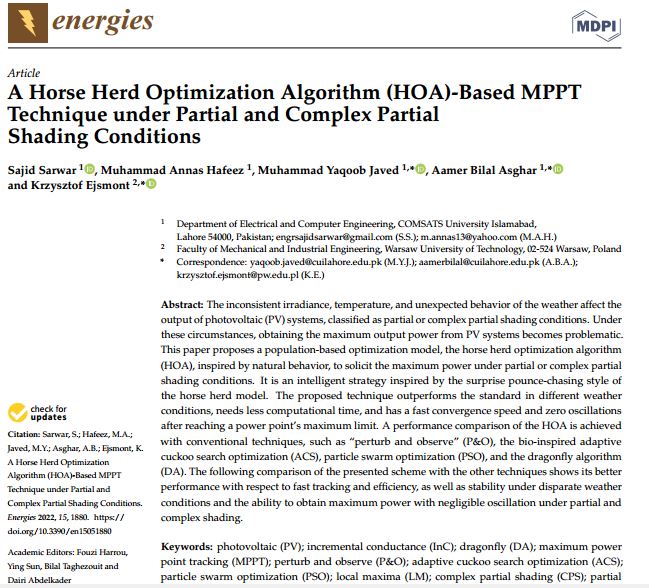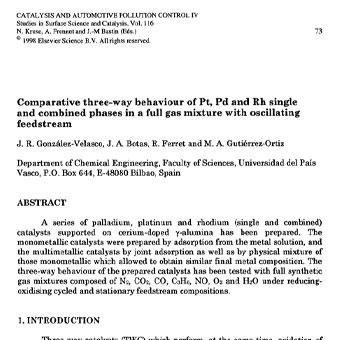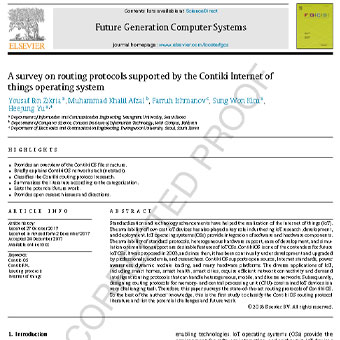عنوان فارسی مقاله:ارزیابی رفتار و پاسخ سازه ای برج خلیفه: چکیده ای از برنامه های پایش سلامت سازه ای تمام مقیاس
چکیده
نسل جدید از سیستمهای ساختمانی بلند و پیچیده امروزه معرفی میشوند که بیانگر جدیدترین پیشرفتها در مصالح، طراحی، پایداری، ساخت و ساز و فناوریهای اطلاعات IT میباشند. اگرچه پیچیدگی طراحی را میتوان با پیشرفت و دسترسی به ابزارهای تحلیل سازهای و نرم افزارهای پیشرفته جبران کرد، طراحی این ساختمانها هنوز منوط به حداقل نیازمندهای قانونی هستند که بایستی در یک مقیاس عظیم ارزیابی شوند. فعالیت نویسنده این مقاله در طراحی و برنامه ریزی ساخت برج خلبفه از زمان آغازتا اتمان آن، موجب شد تا نویسنده به طور مفهومی اقدام به انجام یک مطالعه گسترده و برنامه نظارت بهداشت سازهای زمان واقعی برای ارزیابی همه فرضیات ساختاری برای طراحی و برنامه ریزی ساخت برج کند. پروژه برج خلیفه، بلندترین سازهای است که تاکنون توسط بشر ساخته شده است. بلندی این برج ۸۲۸ متر بوده و متشکل از ۱۶۲ طبقه و زیر زمین سه طبقه است. تلفیق اولیه شکل آئرودینامیک و مهندسی باد، نقش مهمی در معماری و طراخی این برج چند منظوره ایفا کرده است که در آن کاهش اثرات دینامیکی باد، یکی از مهمترین معیارهای طراحی در آغاز طراحی پروژه بود. آگاهی از رفتارهای سیستم فونداسیون و سازهای برج، از عوامل اصلی در توسعه و اجرای مطالعه پیشرفته و برنامههای نظارت سلامتی سازهای بود. از این روی، هدف این مقاله، بحث در مورد اجرای نظر سنجی و برنامههای نظارت سلامت سازه برای تأیید پاسخ رفتاری سازهای برج طی مرحله ساخت و طی عمر مفید آن میباشد. برنامه نظارت شامل ۱- نظارت و پایش سیستم فونداسیون و پی برج ۲- نظارت و پایش نشست پی، ۳- اندازه گیری کرنشهای عناصر عمودی برج ۴- اندازه گیری کوتاه شدگی دیواره و ستون ناشی از اثرات الاستیک، و خزش ۵- اندازه گیری جا به جایی جانبی برج تحت بار گرانش (از جمله اثرات غیر متقارن) ناشی از اثرات الاستیک کوتاه مدت و خزش بلند مدت ۶- اندازه گیری جا به جاییهای جانبی ساختمان و خصوصیات دینامیک در زمان واقعی طی ساخت و ساز ۷- اندازه گیری جا به جاییهای ساختمان، شتاب ها، خصوصیات دینامیکی، و رفتار سازهای تحت شرایط دائم ۸- پایش رفتار دینامیکی اوج و خصوصیات خستگی. این برنامه اجرایی SHM منجر به افزایش اطلاعات در زمینه پاسخ سازهای برج شده و امکان کنترل فرایند ساخت، ارزیابی پاسخ سازهای به شکلی فوری و مؤثر و همبستگی فوری بین رفتار اندازه گیری شده و پیش بینی شده را داده است(برنامه های پایش سلامت سازه ای).
- لینک دانلود فایل بلافاصله بعد از پرداخت وجه به نمایش در خواهد آمد.
- همچنین لینک دانلود به ایمیل شما ارسال خواهد شد به همین دلیل ایمیل خود را به دقت وارد نمایید.
- ممکن است ایمیل ارسالی به پوشه اسپم یا Bulk ایمیل شما ارسال شده باشد.
- در صورتی که به هر دلیلی موفق به دانلود فایل مورد نظر نشدید با ما تماس بگیرید.
 متن به فارسی | ترجمه مقالات و متون علمی | ترجمه و دانلود مقالات و انواع متون علمی و ادبی و پذیرش سفارش ترجمه
متن به فارسی | ترجمه مقالات و متون علمی | ترجمه و دانلود مقالات و انواع متون علمی و ادبی و پذیرش سفارش ترجمه
